Renters are a growing segment of the population in a country where rising home prices make ownership feel increasingly out of reach. Many live in compact apartments where every inch matters. In fact, a 2025 survey of 20,000 renters revealed that the top reason for dissatisfaction with their current residence was a need for more space (54%). It’s clear that making the most of small footprints isn’t just a design preference – it’s survival strategy.
For those who work from home, the need for a dedicated workspace only adds to the challenge – which is where the Leandesk comes in. A clever hybrid of furniture and architecture, it transforms unused walls or windows into functional workstations without eating up precious floor space, and without leaving behind holes in the wall. Consider it the desk that finally understands renter-friendly city living.
Designed by Cornwall-based Henry Swanzy, the Leandesk borrows its inspiration from sailing and maritime engineering, where strength, efficiency, and flexibility are everything. Its angled frame simply leans against a vertical surface, secured by non-marking rubber grips at the top and bottom. The more weight you put on the tabletop, the tighter the grip becomes.
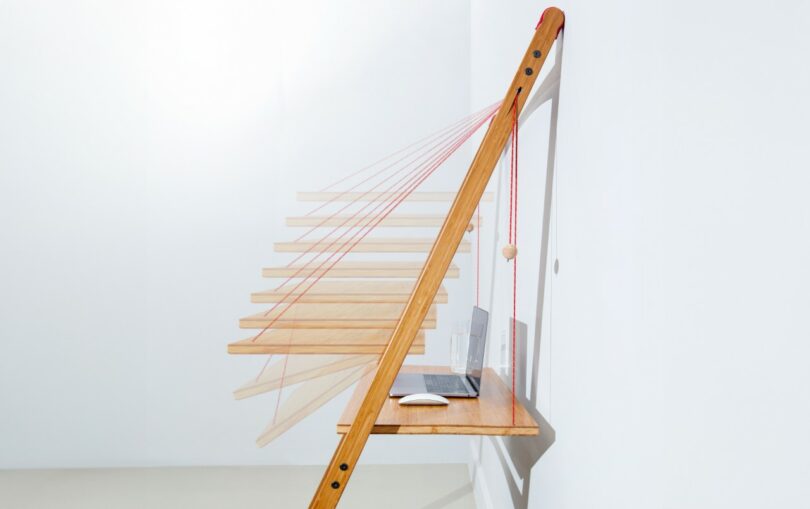
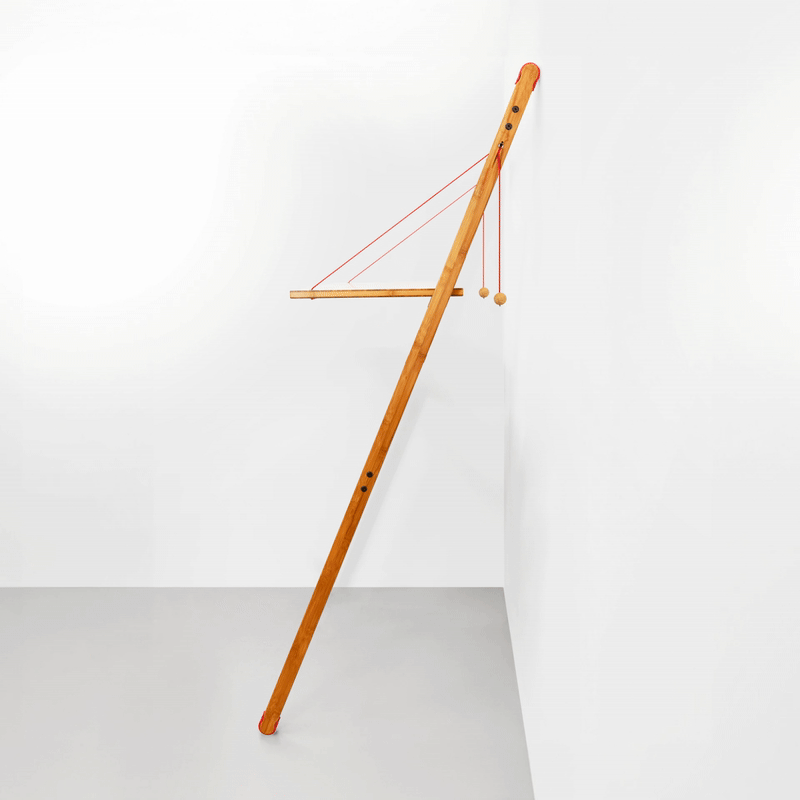
The tabletop is made of FSC-certified bamboo, chosen for both durability and beauty. Supporting it is Dyneema® cord – a high-performance material used in the 1992 America’s Cup sailboats – which is stronger than steel cable despite being just 3mm thick. The cords run through alloy clam cleats, sourced Clamcleats that are hidden in the frame and secured with cork balls, a nod back to maritime craft. With a quick upward motion, the desk can be released and adjusted to standing or seated height. And when it’s not in use, the Leandesk neatly hangs on its dedicated wall hanger, keeping your space clutter-free.
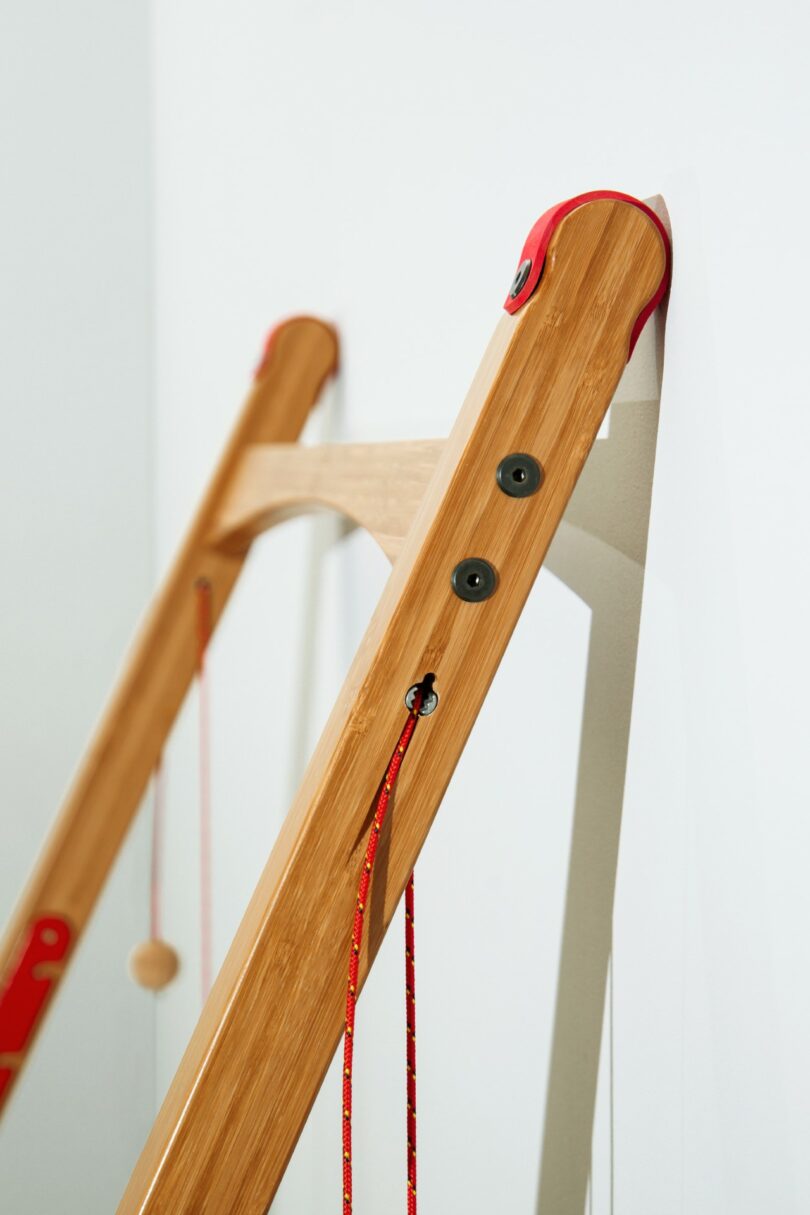
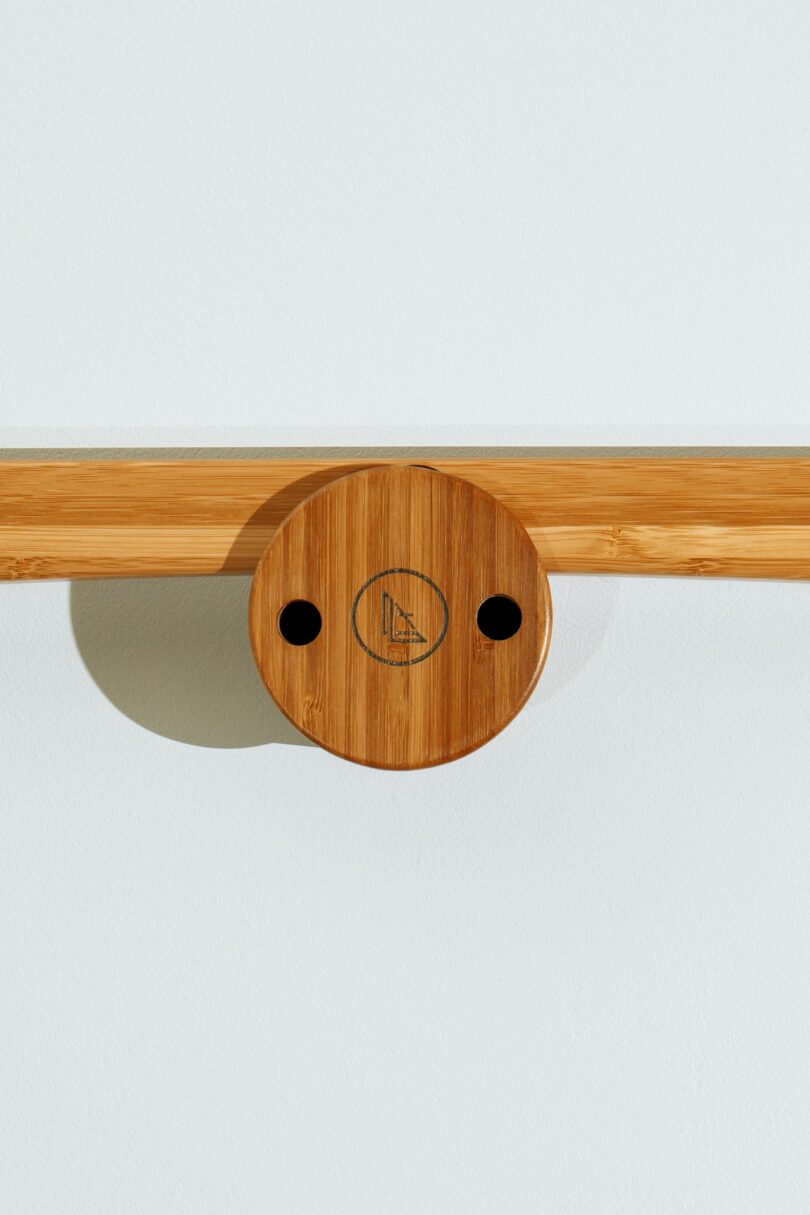
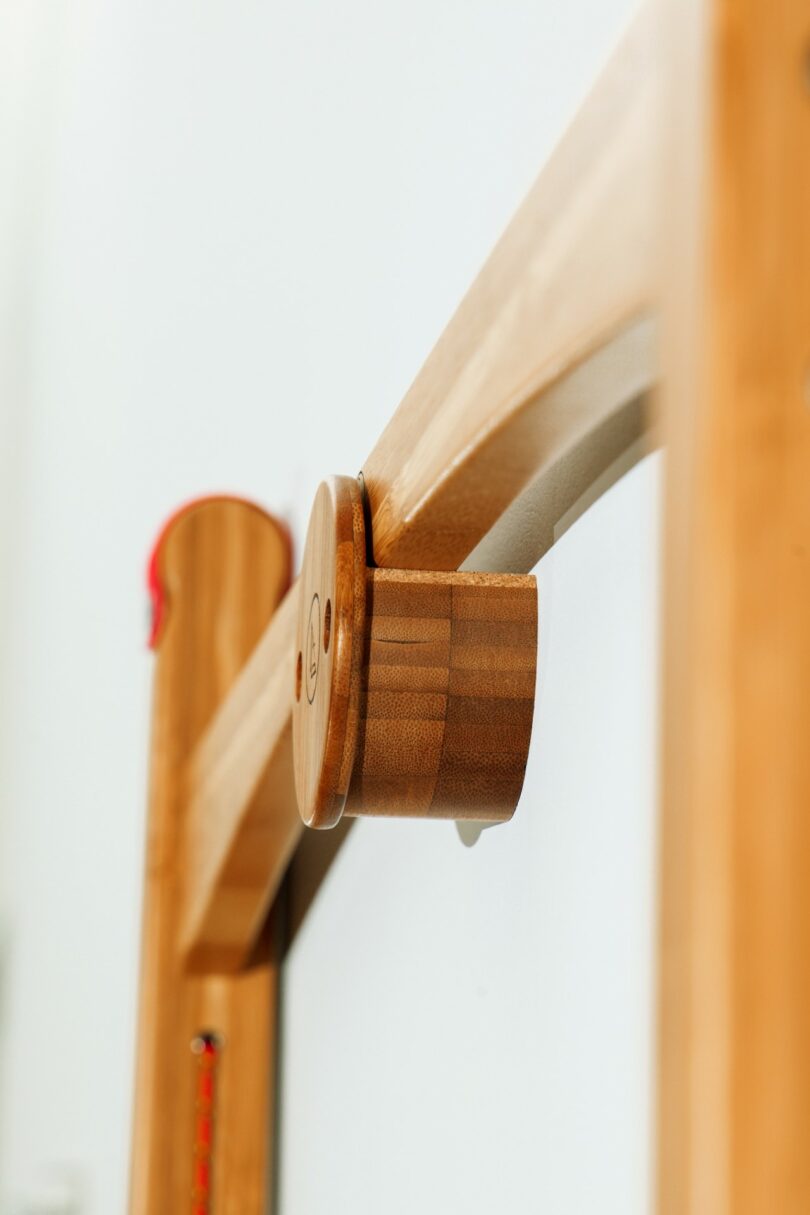
Portable and sustainable, the Leandesk turns any wall into a workspace, whether indoors or outdoors. “Simple physics and minimal use of the most sustainable of materials result in an efficient, functional, problem-solving piece of furniture,” Swanzy explains. Although it skips the motors and mechanics, the Leandesk proves that we can let physics do all the work – while we work.
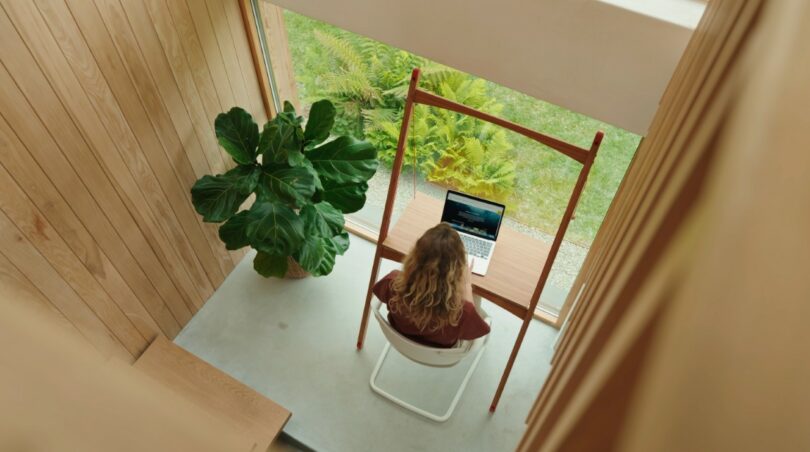
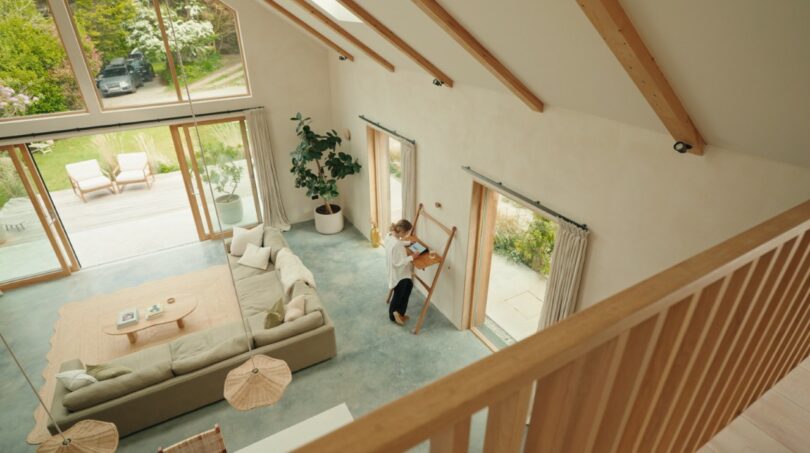

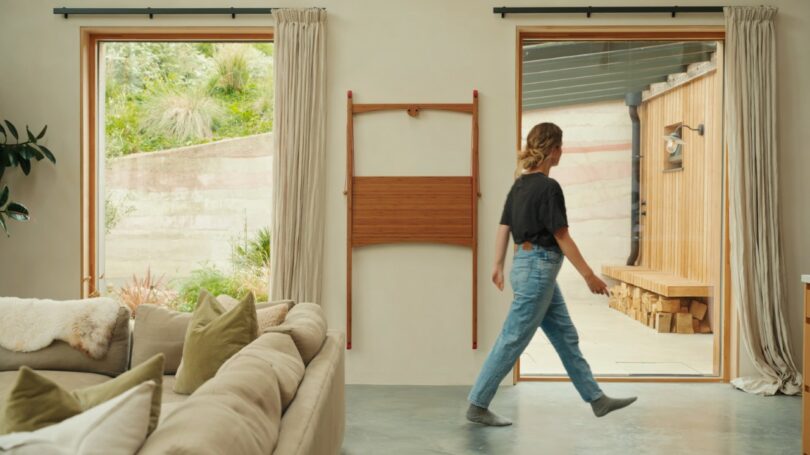
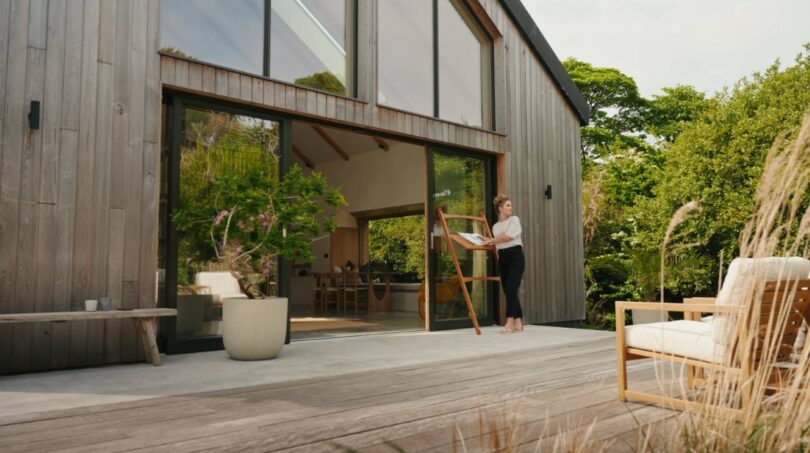
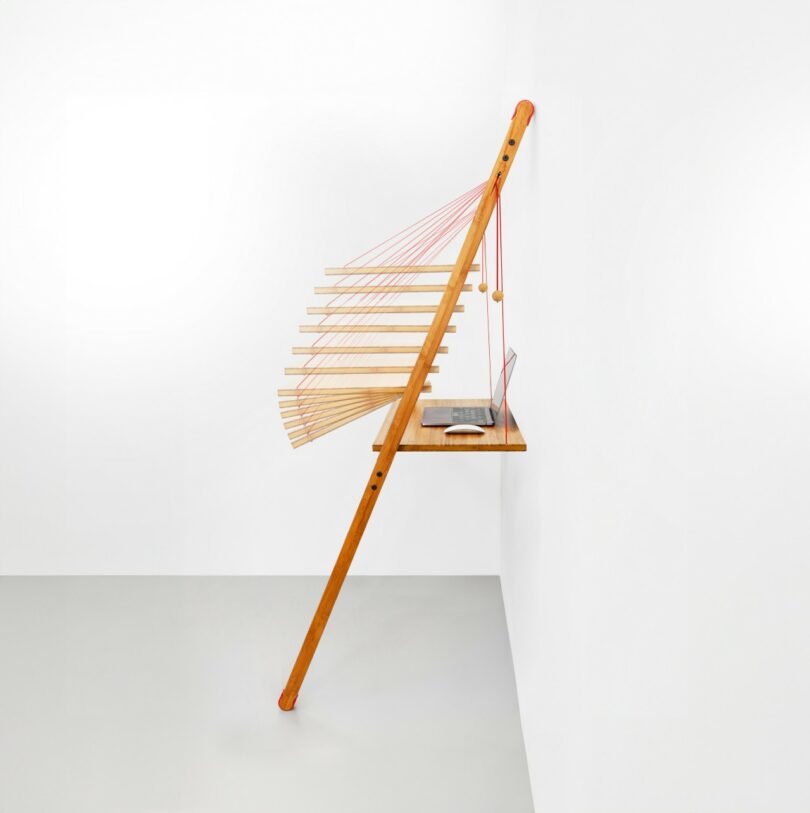
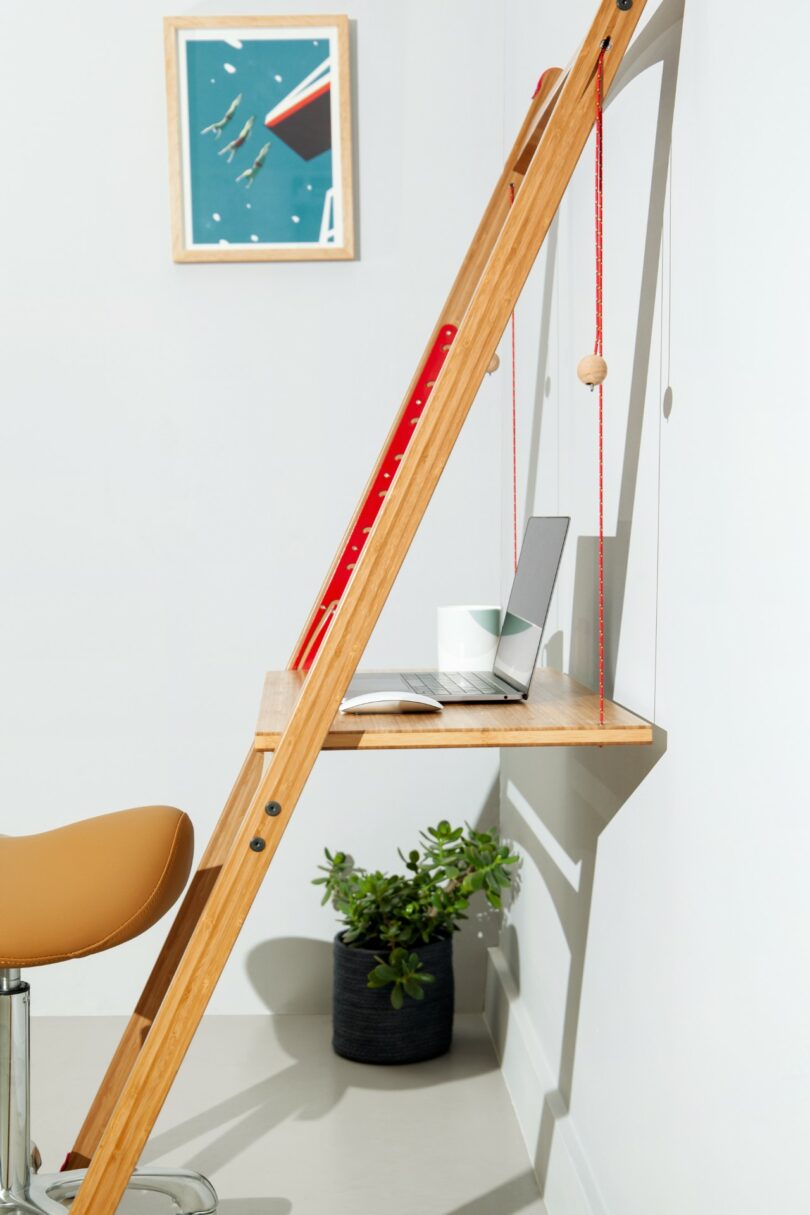

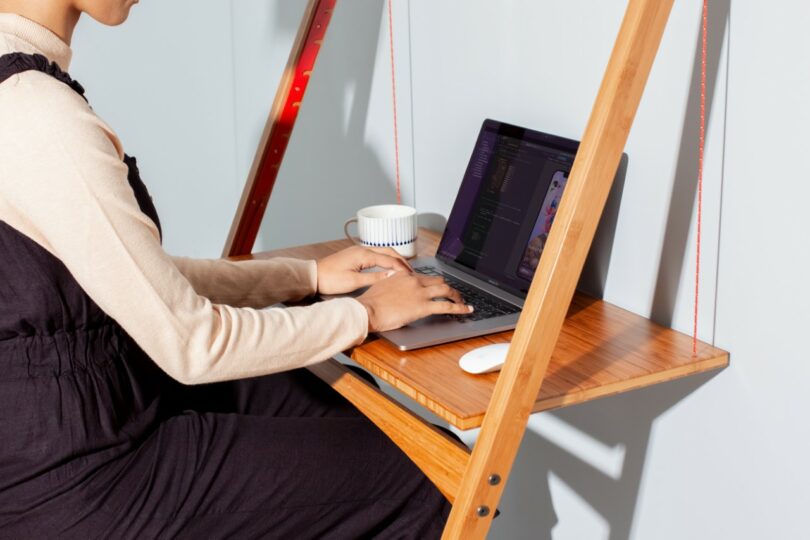
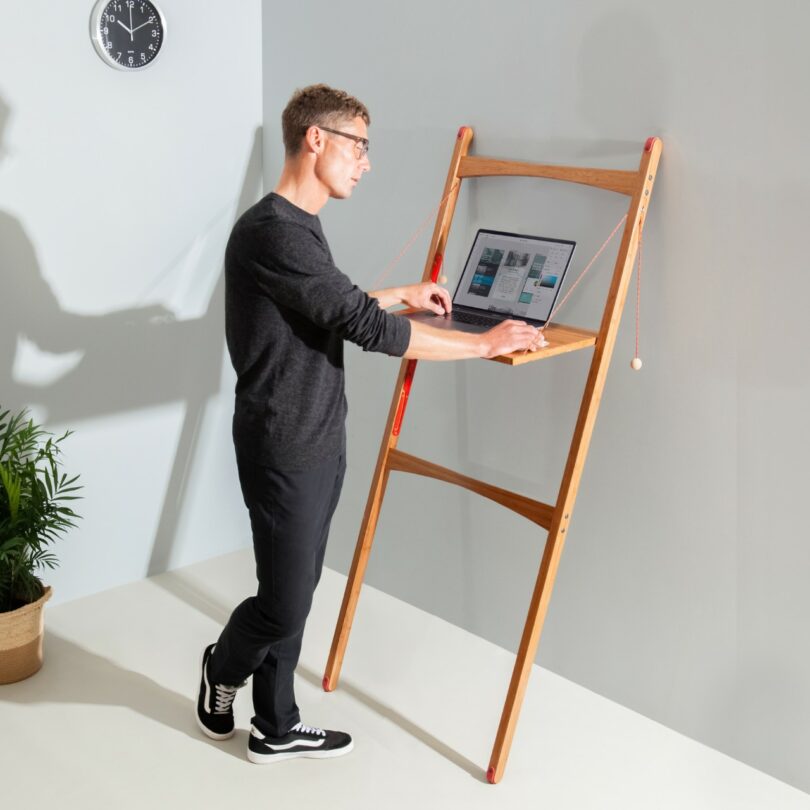
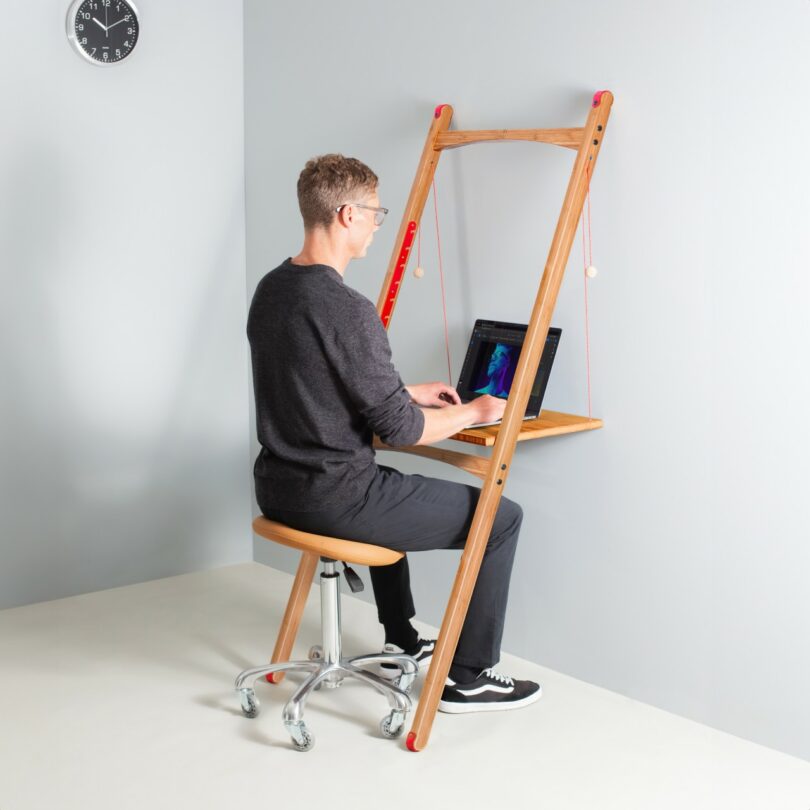

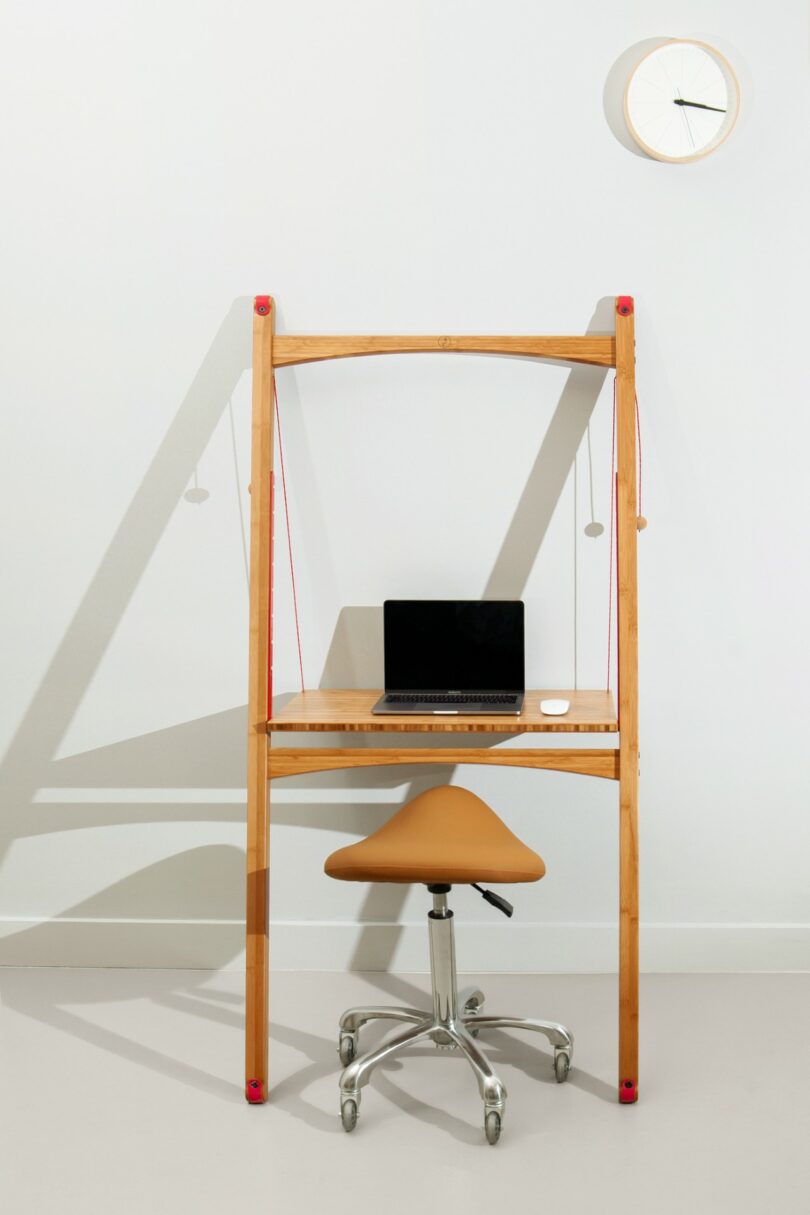
To learn more about the Leandesk by Henry Swanzy, visit leandesk.com and give it a follow at @lean_desk.
Photography courtesy of Leandesk.

